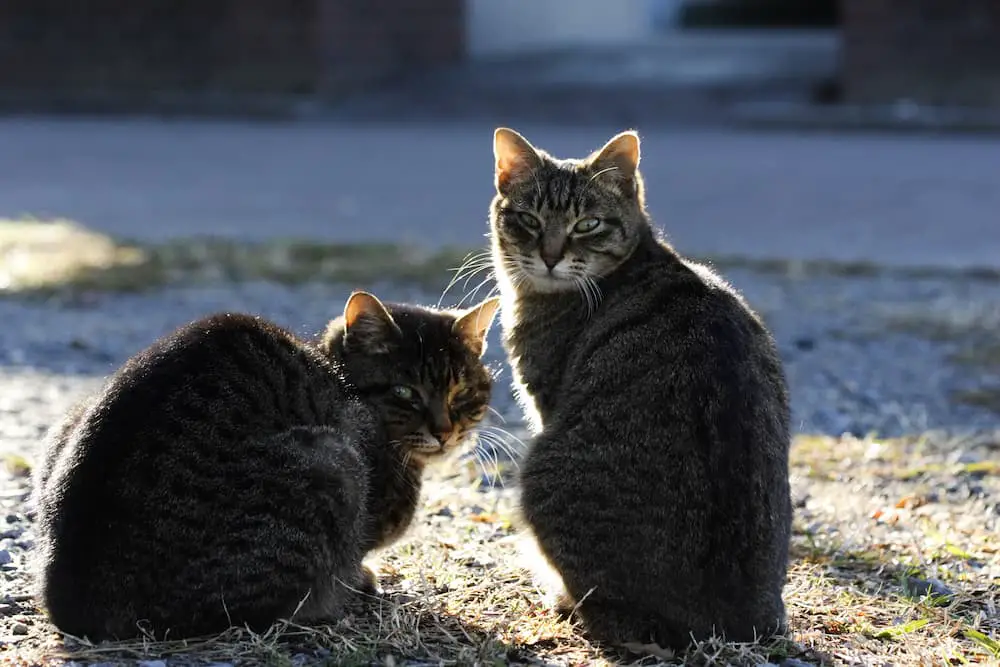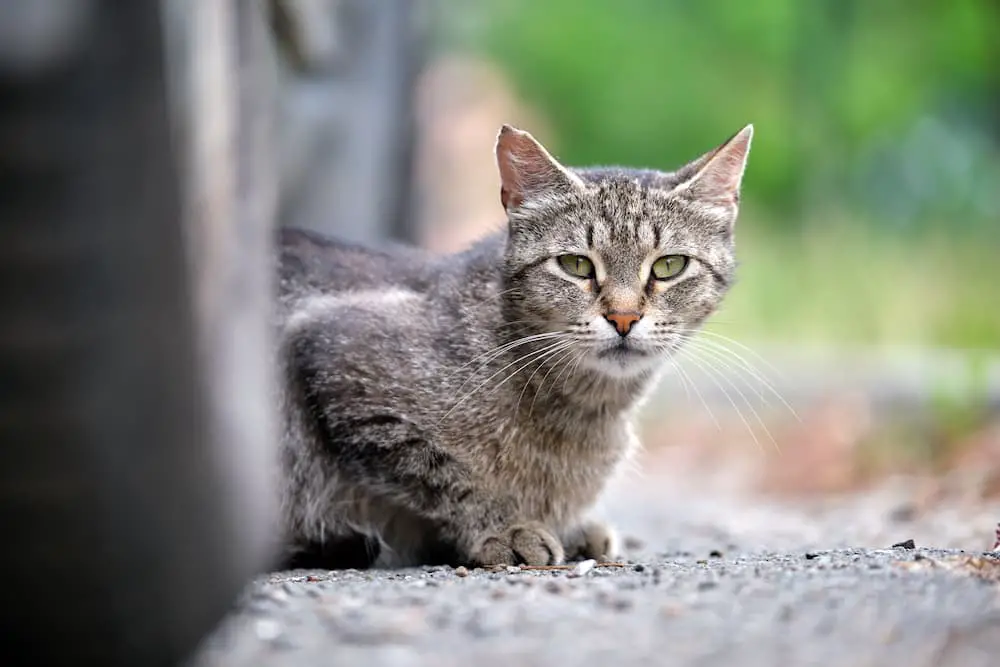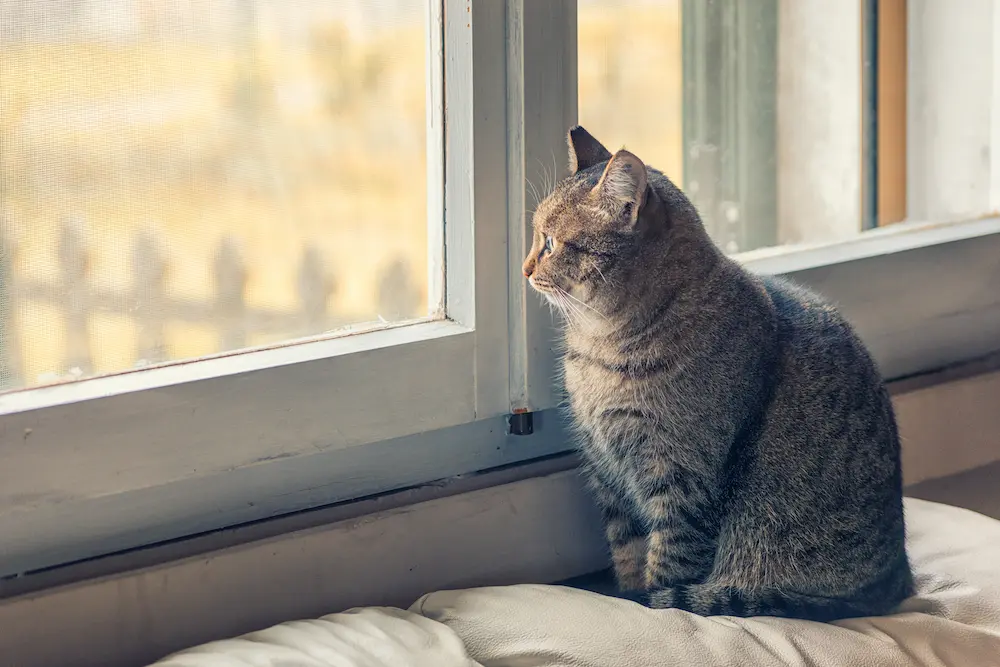 Feline Upper Respiratory Infection (URI), also known as Feline Infectious Respiratory Disease or Feline Upper Respiratory Disease Complex, is a term used to describe a kind of prevalent respiratory infection in cats caused by one or more bacterial or viral agents.
Feline Upper Respiratory Infection (URI), also known as Feline Infectious Respiratory Disease or Feline Upper Respiratory Disease Complex, is a term used to describe a kind of prevalent respiratory infection in cats caused by one or more bacterial or viral agents.
The most common bacteria that trigger this condition include the Chlamydophila felis and the Bordetella bronchiseptica. The most common viruses, on the other hand, are the Feline Calicivirus and the Feline Herpesvirus Type-1 (commonly known as the feline viral rhinotracheitis or FVR). Other culprits, though less common, include feline reovirus or mycoplasma.
General Symptoms of URI
Although symptoms of this respiratory problem in cats often differ depending on the cause as well as the location of the infection, some of the widespread clinical signs that could be observed are: sneezing, runny nose, congestion, cough, gagging or drooling, nasal discharges (clear or colored), decreased or loss of appetite, fever, open-mouth or rapid breathing, squinting or rubbing of eyes, nasal and oral ulcers, and/or depression.
Are All Cats at Risk of URI
All cats can develop URI but age, physical condition, and vaccination status play a major role in your feline friend’s predisposition to this respiratory problem. Nevertheless, those pets that live in households and shelters with multiple cats in it are the most vulnerable. In addition, it has been discovered that stress also has an impact in causing URI outbreaks, and kitties in catteries, shelters, and boarding facilities generally experience an increased level of stress. Cats who have already recovered from the disease tend to become carriers, and could go through recurrences once stressed out. Even breeds like Persians and other flat-faced felines are prone to develop URIs because of their distinct facial structures.
How to Prevent the Disease
Due to the fact the URIs are caused by various disease agents, it’s hardly ever possible to completely avoid this feline respiratory condition. However, the usual “core” vaccines which are administered to cats provide some defence against feline calicivirus and feline viral rhinotracheitis. Another vaccine, although considered to be “non-core”, can protect your kitty from feline chlamydiosis. Its use is often recommended only if your cat has a reasonable predisposition of exposure to the disease. Understand that none of these vaccines can fully safeguard your cat from the infection especially if she’s already exposed to URI, but keep in mind that they may considerably lessen the severity and duration of the illness.
How Are URIs Treated
Most cats with mild symptoms or uncomplicated cases of URI can be treated at home. Increasing humidification in the environment (such as by taking your ailing cat in a steamy bathroom) can help relieve nasal congestion. Wiping away discharges gently can also aid in minimizing the irritation. Feeding your pet a much more palatable canned cat food can help in improving her appetite.
Aside from that, your vet might prescribe topical eye medications if kitty has purulent eye discharge. While specific antibiotics may be advised to fight primary bacterial URIs like Chlamydophilia and Bordetella, broad spectrum antibacterial drugs may also be recommended to prevent secondary infections caused by bacterial agents from worsening the disease. Now, if your kitty is depressed, dehydrated, or has a more serious case of URI, your vet will most likely suggest hospitalization in order to provide your cat a more intensive treatment.







